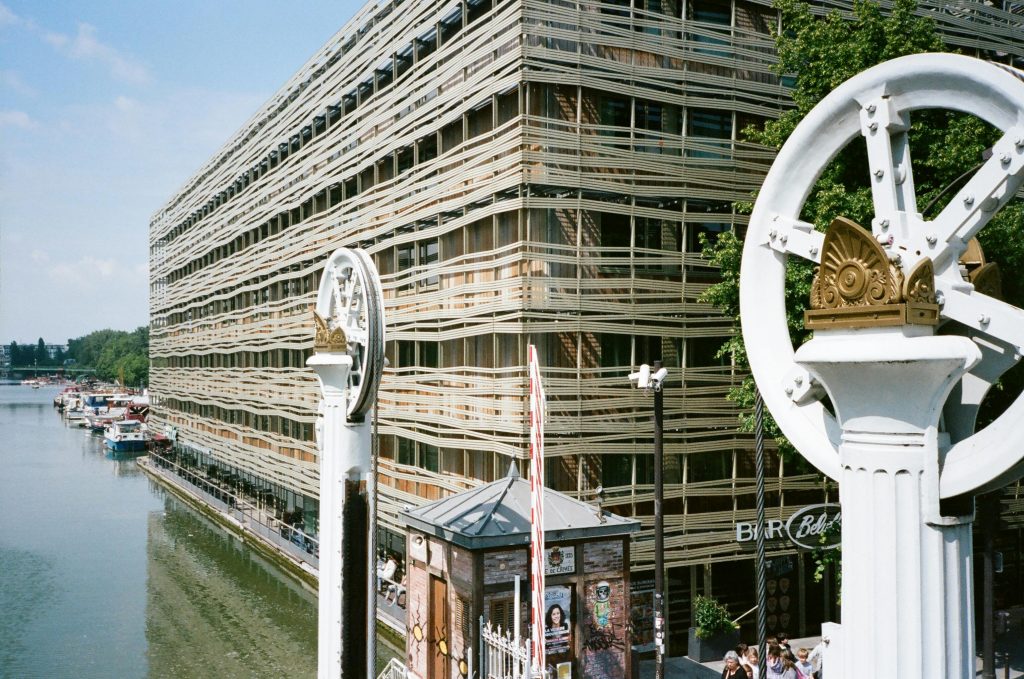The Perils of Neglecting Server Maintenance: A Cautionary Tale
Today, we faced a significant challenge when one of our client’s servers failed, leaving behind crucial information in peril. This incident serves as a stark reminder of the importance of regular maintenance and timely upgrades—a message we’ve been conveying for the past three years.
The failure was twofold: both hard drives, which had likely been underperforming for several years, succumbed to their age. When I examined the server, the LED indicators were so dim that I initially suspected they were defective; the same was true for the hard drive error indicator.
In an attempt to recover the data, I proceeded to reconstruct the RAID 10 array. However, the damage to the remaining drive proved too severe, making recovery impossible. Our most recent backup, executed just two days prior, is currently being scrutinized; unfortunately, there’s a strong possibility it could be corrupted, which would complicate matters significantly.
The server was operating on Windows Server 2008, making this situation even more challenging. Moving forward, we’ll need to establish a new Active Directory and migrate all computers to this fresh setup—a process that will undoubtedly incur considerable labor costs for our client.
In hindsight, one has to wonder: was it truly worthwhile for them to rely on a server that far exceeded its average lifespan? Weeks of productive work may now be lost as the new server waits in our workshop for installation.
The key takeaway from this experience? Investing wisely in your company’s primary servers can save you time, money, and frustration down the line.
As a side note, this server was astonishingly dirty—one might wonder if someone had been smoking in the server room! Such neglect not only affects performance but also raises questions about the overall upkeep of the technology that supports your business.
In conclusion, safeguarding your critical infrastructure with regular maintenance and timely upgrades is essential. Don’t wait for a disaster to force your hand; proactive measures will always pay off in the end.
Share this content:



